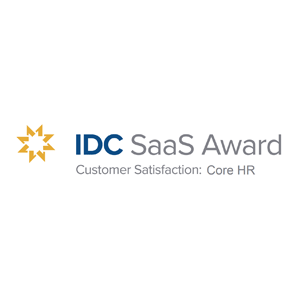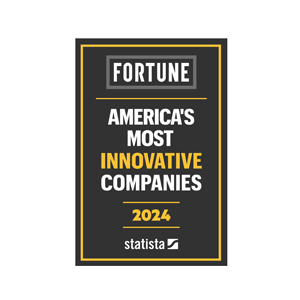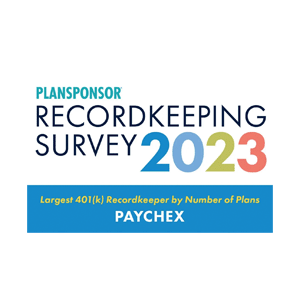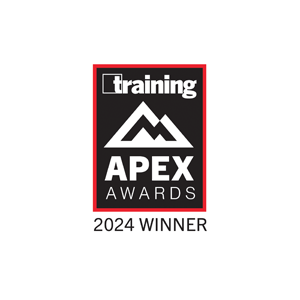Paychex HR and Payroll Services in Connecticut
Connecticut businesses trust Paychex for reliable payroll and HR outsourcing, providing customized services to help them reach their maximum potential and profits.
Request a Free Quote
Paychex Services for Connecticut Businesses
Professional HR Guidance and Support
With Paychex Flex® we help you simplify administration and support compliance. Our all-in-one technology makes employee management easier, from onboarding to retirement.

Complete Payroll Easily, and Automatically Submit Taxes
Nearly 800,000 businesses use Paychex to manage their payroll, HR, and benefits. Our fast, accurate payroll processing makes it simple and easy.
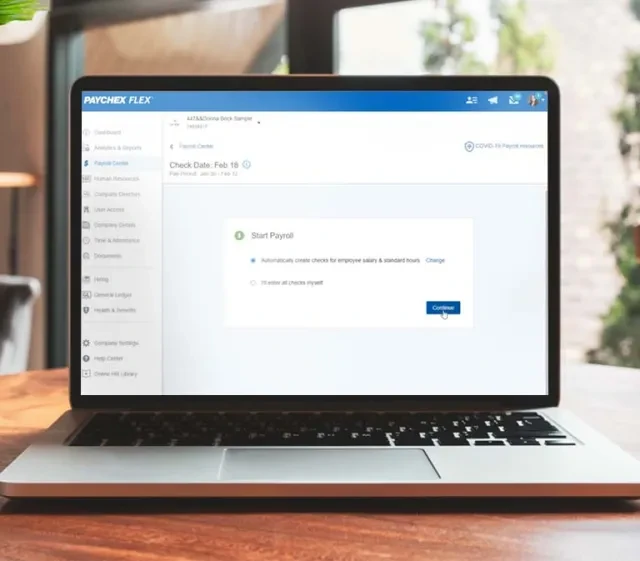
Attract and Retain the Best Talent
Our comprehensive employee benefits package can help you level the playing field with Fortune 500 companies, take time-consuming HR administrative responsibilities off your plate, and support you with seamless online employee benefits administration.

Single stop for business insurance and support
Get comprehensive coverage for your business, property, and employees. We help you protect what you’ve worked so hard to build.

A Single Platform for your HR, Payroll, and Benefits: Paychex Flex®
You may be self-employed. Or a startup. Maybe you’ve grown into a large corporation. Our award-winning technology platform — Paychex Flex® — can scale to serve a business of any size. It can provide employers with a customized solution for their HR and payroll needs.
Convenient Service for Connecticut Businesses
- No matter what industry you’re in, Paychex Payroll helps simplify payday, automate tax filing, and address changing regulations
- An all-in-one HR solution with in-app help, chat, and phone support
- Decades of experience offering benefits employees and families value most

Contact a Paychex Payroll and HR Consultant
Paychex has been helping businesses of all sizes to pay and manage their employees since 1971. With five decades of industry expertise, innovative thinking, and extensive customer support we work with you the way you want to work. With Paychex, you’ll find a trusted partner who listens and focuses on what matters to you ... running your business smoothly.

Find the Right Solution for Your Business
Paychex has the technology, expertise, and customer service that can help you move your business forward by finding the right solution that works best for your individual business needs.
How Many Employees Do You Have?
Paychex Is the Smart Choice for Payroll and HR Services
Quick, easy, budget-friendly on-the-go payroll and HR solutions.
- Recognized by industry experts for our innovation, ethics, and service
- Business insurance from workers’ compensation to commercial property
- Ready to guide your businesses through its most challenging human resources issues

Additional Resources for Businesses in Connecticut
Payroll Solutions for Businesses of Every Size
Paychex Payroll Services can save you and your business time so that you can focus on what matters most. Hear from our customers about why they choose Paychex to help ease the payroll burden.
"StratasCorp Technologies was quickly outgrowing their payroll provider. Paychex helped them save 10 hours a month and $10,000 a year in tax penalties".

“(With staff in multiple states), we had different state labor laws (to deal with) … we didn’t have the resources to address …. Paychex sorted through that for us so we didn’t have to spend any time or effort on figuring it out.”

"Julie [my Paychex HR consultant] does a good job of bringing the best out of us."

“Payroll, HR, keeping up with the changing IRS rules; these are things that are critical to making our business hum … Not having to invest in the back office means we can put our resources into our core business.”

"As a recruitment tool, the 401(k) is a very integral part of what we offer our employees."






